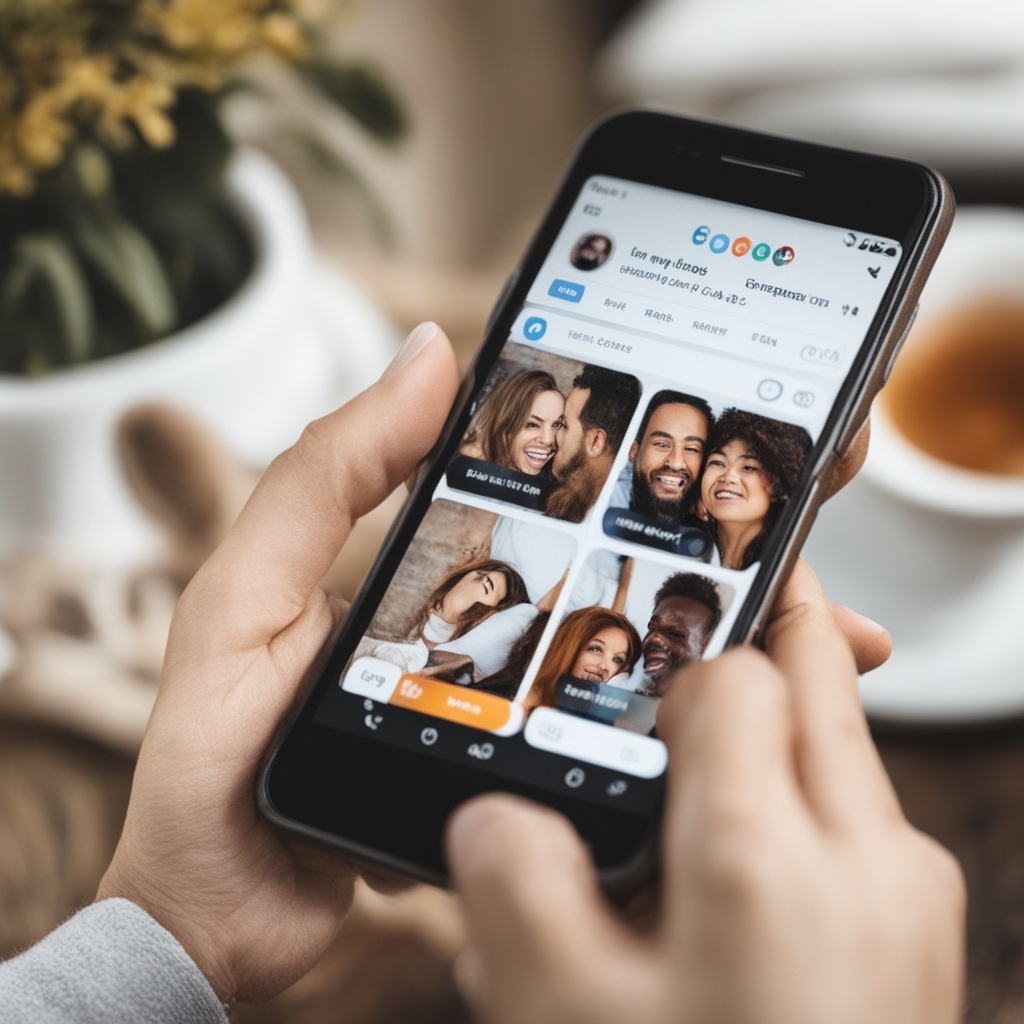Social media engagement is one of the key metrics that determine the success of a brand’s online presence. High engagement rates indicate an active and interested audience, leading to stronger relationships, increased visibility, and ultimately, better conversion rates. Whether you are a business, influencer, or content creator, improving engagement on social media requires strategy, consistency, and adaptability. Here’s how you can boost your engagement rates on social media platforms effectively.
1. Understand Your Audience
Before implementing any strategy, it’s crucial to understand your audience. Conduct research to identify:
- Demographics (age, gender, location, interests, and behavior)
- Preferred Content Types (videos, infographics, blogs, memes, etc.)
- Peak Activity Times (when they are most active online)
Use insights from platform analytics (such as Instagram Insights, Facebook Audience Insights, or Twitter Analytics) to tailor your content accordingly.
2. Create High-Quality, Valuable Content
Content is king when it comes to engagement. Ensure your posts are:
- Relevant – Address current trends, industry news, or user concerns.
- Entertaining – Use humor, storytelling, and compelling visuals.
- Educational – Share how-to guides, tips, or expert advice.
- Inspiring – Post motivational quotes, success stories, or transformational journeys.
3. Post Consistently
Consistency is key to keeping your audience engaged. Develop a content calendar to schedule posts in advance and maintain a steady flow of content. Different platforms have different recommended posting frequencies:
- Instagram: 3-5 times per week
- Twitter/X: Multiple times daily
- Facebook: 3-5 times per week
- LinkedIn: 2-3 times per week
- TikTok: Daily or every other day
4. Optimize for Each Platform
Every social media platform has unique characteristics and best practices:
- Instagram: Use high-quality images, engaging captions, and strategic hashtags.
- Facebook: Post longer-form content, use videos, and engage in Facebook Groups.
- Twitter/X: Share concise, witty, or informative tweets and leverage trending hashtags.
- LinkedIn: Focus on professional insights, long-form articles, and networking.
- TikTok: Create short, engaging, and trend-driven videos.
5. Encourage Interaction with Your Content
Engagement thrives when users interact with your posts. Encourage:
- Comments and Conversations: Ask open-ended questions or encourage debates.
- Polls and Quizzes: Use interactive features on Instagram Stories, Twitter, and LinkedIn.
- User-Generated Content (UGC): Share content created by your followers to build community trust.
- Call-to-Actions (CTAs): Encourage likes, shares, saves, and comments with clear CTAs.
6. Leverage Visual and Video Content
Visual content, particularly videos, tends to receive higher engagement than text-based posts. Consider incorporating:
- Short-form videos (TikTok, Instagram Reels, YouTube Shorts)
- Live streams (Q&A sessions, product launches, behind-the-scenes)
- High-quality images and infographics
7. Use Hashtags Strategically
Hashtags help expand your reach and increase visibility. Use a mix of:
- Popular Hashtags: To get more eyes on your content.
- Niche Hashtags: To target a more specific audience.
- Branded Hashtags: To build community and track user-generated content.
8. Engage with Your Audience Proactively
Social media is a two-way conversation. To increase engagement, you should:
- Reply to comments and messages promptly
- Like and share user content
- Follow and interact with similar accounts
- Join relevant discussions and trends
9. Collaborate with Influencers and Brands
Partnering with influencers or other brands can introduce your content to a wider audience. Consider:
- Influencer marketing campaigns
- Brand collaborations
- Giveaways and contests
10. Monitor Performance and Adapt Strategies
Use analytics tools (e.g., Google Analytics, Facebook Insights, Instagram Analytics) to track what works and what doesn’t. Key metrics to analyze include:
- Engagement rate (likes, shares, comments, clicks)
- Reach and impressions
- Follower growth
- Best-performing content
Adjust your content and posting strategy based on these insights.
Improving engagement rates on social media platforms requires a mix of high-quality content, strategic posting, interactive elements, and continuous analysis. By implementing these best practices and staying updated with platform trends, you can enhance your online presence and build a loyal, engaged community. Stay consistent, experiment with new formats, and always prioritize your audience’s needs and interests.




